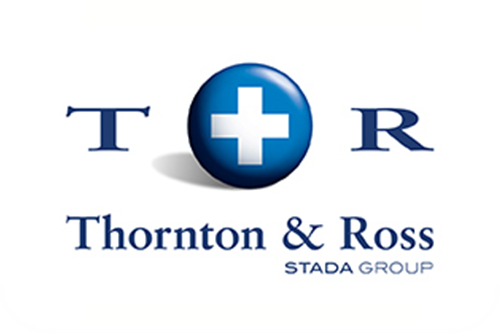Interview with a Trichologist - Seborrhoeic Dermatitis Explained
What causes Seborrhoeic Dermatitis? How common is it? We sat down with expert trichologist Stephanie Sey to answer the most common questions about Seborrhoeic Dermatitis.

What is seborrhoeic dermatitis?
Seborrhoeic dermatitis is a more severe form of dandruff - dandruff with an inflammatory component to it. The term “seborrhoea” means excessive discharge of sebum from the sebaceous glands and “dermatitis” is the condition which causes the skin to become red, inflamed and sore.
What areas of skin does seborrhoeic dermatitis affect?
Seborrhoeic dermatitis can affect many parts of the skin, mainly the seborrhoeic (oily) areas of the body. This includes the scalp, the flexures of the elbow, around the nose, the eyelids, the eyebrows and the chest area in men.
Is seborrhoeic dermatitis common?
Seborrhoeic dermatitis is not as common as dandruff, but there are a lot of people dealing with the condition, roughly 5 in 100 people. In many cases, some sufferers may not be aware they have it.
Is seborrhoeic dermatitis more common in men or women?
It is slightly more common in men, which may be due to the excess oils produced by most male scalps. The sebaceous glands that produce your body’s natural oils are thought to be more active in males for a longer period of time throughout their life in comparison to women.
How is dandruff linked to seborrhoeic dermatitis?
Dandruff and seborrhoeic dermatitis are both dermatological issues that affect the seborrhoeic areas of the body; seborrhoeic meaning areas of the body that contain sebaceous (oil) glands.
The conditions share many symptoms and respond to similar treatments. For example, effective management for both dandruff and seborrhoeic dermatitis includes managing the symptoms with antifungal and anti-inflammatory treatment.
What age does seborrhoeic dermatitis usually develop?
Seborrhoeic dermatitis affects a wide age range - in babies, it can present as cradle cap and can also develop in pre-pubescent teenagers. Oil (sebum) production is thought to be triggered at birth and then again during puberty which is why babies and teens can be affected by seborrhoeic dermatitis at those ages. It mainly affects middle ages though, where it can follow a pattern of healing and flaring suddenly due to triggers.
What are the symptoms of seborrhoeic dermatitis?
You may notice symptoms such as a burning sensation, itching or flaking. Flakes can be thick and oily, or lighter and more adhered to the scalp. These flakes can often appear a white or yellowish colour with a moist or oily texture.

How is seborrhoeic dermatitis diagnosed?
Your doctor will be able to diagnose seborrhoeic dermatitis by examining your skin. As part of the initial consultation, your doctor may ask you questions about your medical history and the environment you live in as these factors can contribute to your health.
The doctor may even send some of the skin cells off for examination to rule out other skin conditions, such as eczema or psoriasis. You may be referred to see a scalp expert, also known as a trichologist, or a dermatologist.
How is seborrhoeic dermatitis treated?
Seborrhoeic dermatitis is a condition that’s controlled and not cured. One ingredient to tackle it is ketoconazole. Another way you can treat the condition is to use keratolytics which contain sulfur and salicylic acid. Your dermatologist may prescribe oral antifungals or you could also use a steroid shampoo.
What should I do to avoid seborrhoeic dermatitis flare-ups?
The best way to avoid a flare-up is to avoid stressful situations, and that’s not always easy in modern-day life. But definitely recognising when a stressful situation is building up is a positive way to handle it.
Want to hear more from Stephanie? Visit our Scalp School hub to find out more about dandruff and scalp care in our expert video series.
Stephanie Sey does not endorse any medicinal brands or products.

